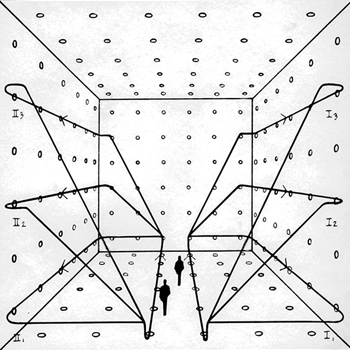Question #68721
1 Answer
Explanation:
Often pays to work backwards from differentiation when doing integrals.
So we know that:
And from the chain rule:
Apols if I'm labouring this but, therefore, we know that:
So:
And as we know that integration and differentiation are like inverse operations (specifically we are using the Fundamental Theorem of Calculus), we say that:
Just my 2 cents but whilst that might look more arduous than a simpler algebraic substitution, eg let
Plus my personal experience is that the further you get into integration, pattern recognition from what you know about differentiation can often make life a lot easier.
So that's not the best answer but hopefully it helps in some way.

